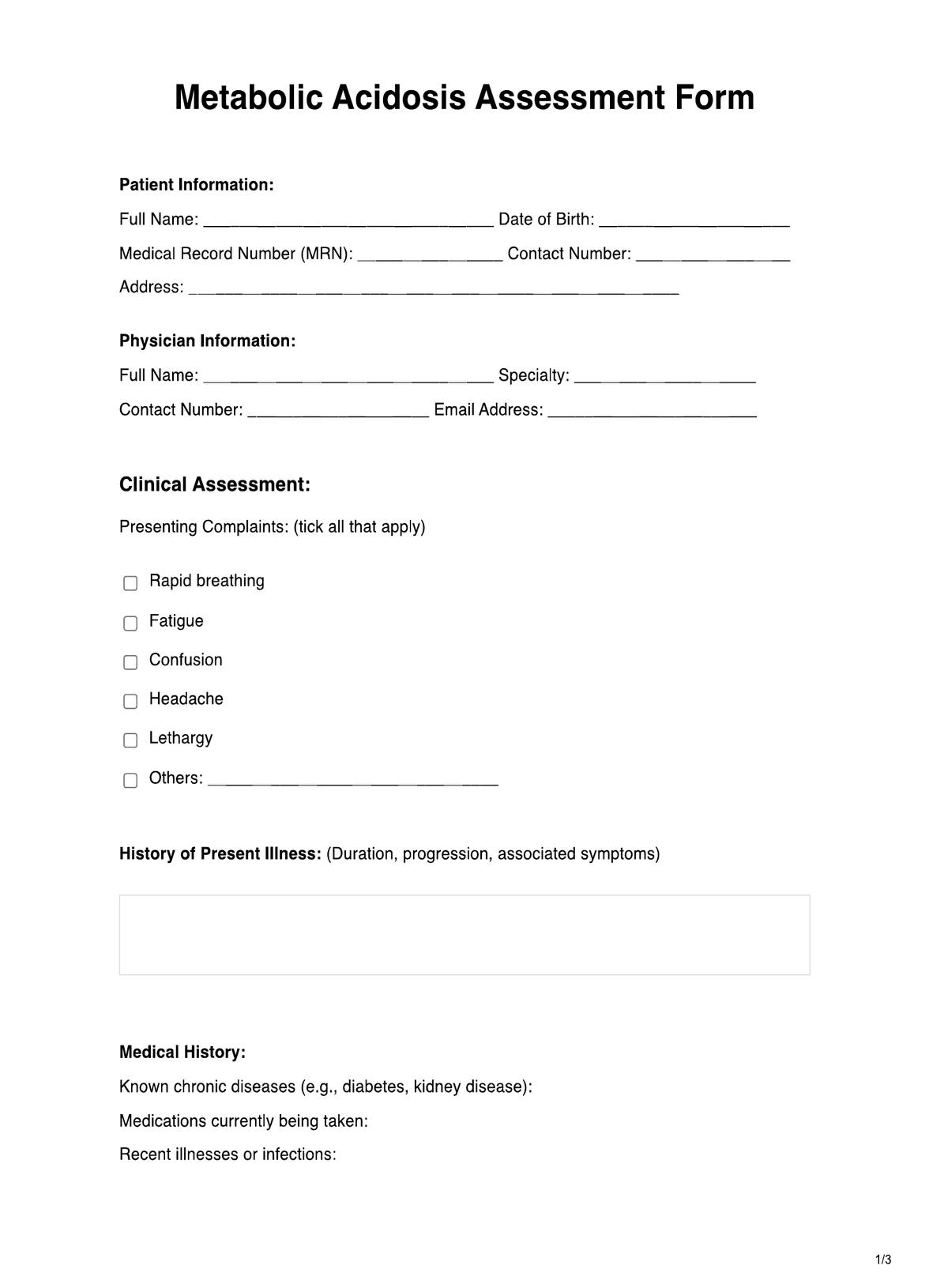A Metabolic Acidosis Chart is typically requested by physicians, especially those specializing in internal medicine, nephrology, endocrinology, and emergency medicine. These specialists often encounter patients with conditions or symptoms suggestive of metabolic acidosis.
Additionally, medical residents, nurses, and other healthcare professionals involved in patient assessment and care might also request or utilize this chart to ensure a comprehensive evaluation.












